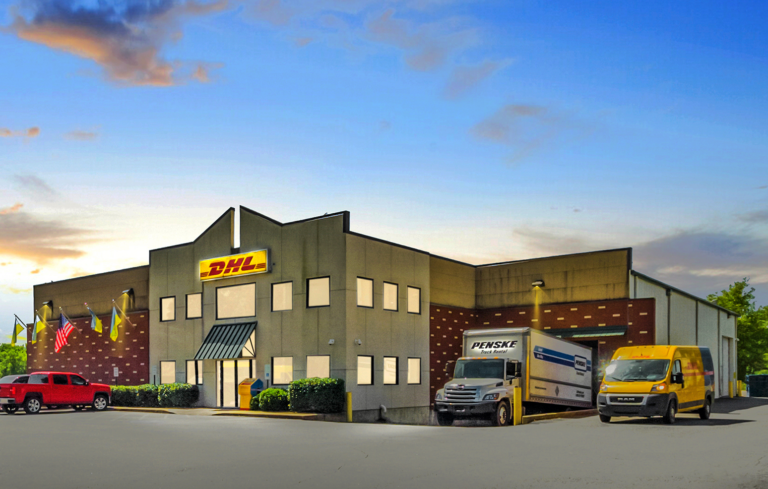
2023 Market Outlook For Industrial Commercial Real Estate
The 2023 outlook suggests that there may be challenges ahead for the commercial real estate industry, but this kind of news is nothing new. The future of retail and office space is uncertain, and supply chain issues and high inflation persist. However, there are also bright spots in the forecast, such as the continued success of multifamily properties and the growing demand for industrial commercial real estate.
Major Influencing Factors on Industrial Commercial Real Estate
Macroeconomics
Macroeconomic factors include geopolitical issues, high inflation, and rising interest rates, which may impact commercial real estate in 2023. Inflation in the U.S. reached a 40-year high of 7.75% in October 2022, and interest rates are expected to continue to increase, which could negatively impact commercial real estate owners. Geopolitical issues such as the war in Ukraine and resulting sanctions have had major global economic implications such as supply chain issues driving up the cost of food, shelter and energy. These factors may lead to a mild to moderate recession in 2023.
Supply and Demand
Supply in the industrial sector will affect demand. According to Cushman & Wakefield, a record 148.2 million square feet of space was developed and made available by logistics developers in the third quarter of 2021. That figure is around 72% more than the quarterly average of the last five years. This record number of new warehouse supplies entering the market and growing recession worries limit demand.
Growth in E-Commerce
The e-commerce warehouse industry has an extremely hopeful future. The retail scene has changed significantly over the past several years as a result of the COVID pandemic and the continuous digitalization of modern life, making e-commerce a crucial component of the worldwide retail business. In fact, global retail e-commerce is expected to rise to $7.14 trillion by 2025 from $3.23 trillion in 2019, according to eMarketer. This is expected to boost the market share from 13.9% to 22.3% during the predicted period, creating a lot of room for growth and making it a promising sector for an industrial commercial real estate investment.
Investment Strategies to Consider
In light of the potential for a recession in 2023, it’s important for commercial real estate professionals to be strategic in how they approach their business. Some strategies we think would be wise to consider:
- Diversify your portfolio: In a recession, asset classes will be affected differently. By diversifying your portfolio, you can minimize the impact of a downturn in one particular market therefore mitigating risk and/or losses.
- Focus on multifamily properties: Multifamily properties have been performing well and are likely to continue to do so even in a recession. Investing in or owning multifamily properties could provide a stable source of income during a recession.
- Develop affordable housing: Demand for affordable and workforce housing far outweighs the supply. This is an opportunity for commercial investment companies to invest in the development of this type of housing, which is likely to be in high demand even in a recession. This could include modular construction, adaptive reuse of buildings, mixed-income properties, and unique capital solutions.
- Be strategic with financing: During a recession, credit may be tighter and it may be more difficult to secure financing. Be strategic in how you use your financing and consider alternative sources of funding such as private equity or crowdfunding.
- Be flexible: In a recession, the market may change rapidly. Be prepared to adjust your strategy as needed to adapt to the changing market conditions. For example, if the office market is struggling, consider repurposing the space for industrial commercial real estate or multifamily use.
- Have a strong risk management strategy: A recession can bring unpredictable challenges to your business, it’s important to have a strong risk management strategy in place to mitigate potential losses. This can include things like hedging against currency fluctuations, insuring against property damage or loss, and creating contingency plans for potential market downturns.
Conclusion
Investors need to stay updated on what’s happening in the industrial commercial real estate market before investing their money. Sands Investment Group has a team of dedicated professionals, ready to maximize your investment portfolio. Contact our advisors to learn more today.
By submitting your information and signing up for email updates, you agree to SIG Online Terms of Use

